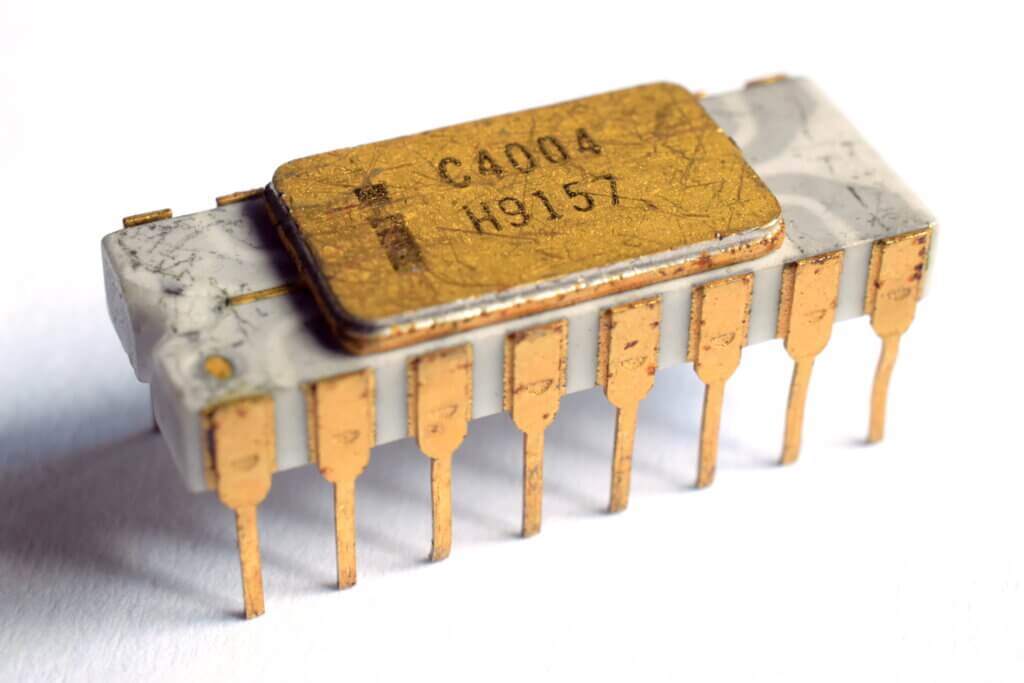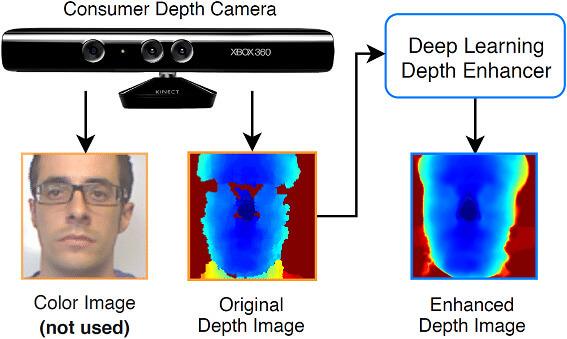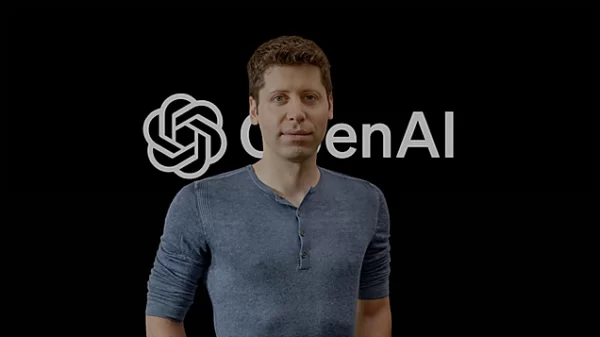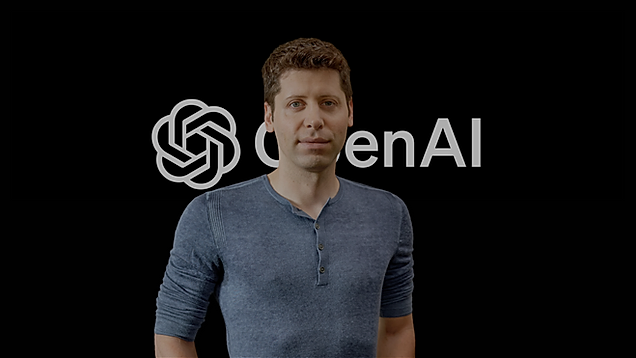In recent years, the buzz around deep learning has reached a fever pitch. But what exactly is deep learning, and why has it suddenly emerged as a groundbreaking technology? In this article, we will delve into the intricacies of deep learning, exploring its relationship with artificial intelligence (AI) and machine learning, while shedding light on the factors that have propelled its recent ascent.
Understanding the Fundamentals: AI, Machine Learning, and Deep Learning
To gain a comprehensive understanding, let’s clarify the distinctions between AI, machine learning, and deep learning. AI serves as the overarching term encompassing the field of computer science dedicated to developing machines capable of replicating human cognitive processes, with a primary focus on solving complex problems. Within AI, machine learning emerges as a subset, designed to enable computers to learn independently without explicit instructions. By analyzing vast datasets and learning from past errors, machine learning algorithms become proficient in task completion.

Deep learning, our primary focus here, is a subset of machine learning. This technology endeavors to simulate the neural activities within the human brain by utilizing matrix mathematics. Neural networks, as they are known, have been in existence since 1957. However, it was not until 2012 that deep networks, which are more intricate and advanced, gained practical significance.
The Sudden Surge: Unraveling the Enigma
Now, let us address the question of why deep learning has emerged so prominently in recent times. The feasibility of deep networks hinges on two vital factors: enhanced computing power and copious amounts of data. Since the advent of the first Intel chip in 1971, the number of transistors has doubled approximately every two years, leading to an exponential surge in computing capabilities. Known as Moore’s Law, this concept was proposed by Gordon Moore, Intel’s co-founder. While computers began acquiring the necessary power to support neural networks in the mid-2000s, the scarcity of training data hindered their practical applications. Nevertheless, the explosion of the internet eventually yielded colossal volumes of data that could be employed for training purposes.

But why is an abundance of data crucial for our networks? In essence, the availability of extensive data facilitates robust network training. To illustrate this, envision yourself as a deep learning network attempting to identify a cat. If you have only encountered a mere three cats, your exposure would be limited to a few camera angles and lighting conditions. Even a minor variation, such as viewing a cat from a different angle or under different lighting, could confound you. In stark contrast, if you have witnessed thousands of diverse cats, recognizing one would be considerably easier. This exemplifies the pivotal role of data. Computers lack the intuitive abilities of humans and thus require a greater number of examples. In the realm of deep learning, data serves as the lifeblood that enables machines to learn and evolve.
The Birth of Deep Learning in 2012
In 2012, deep learning made its grand entrance into the world of artificial intelligence (AI). The use of an artificial neural network in a prestigious competition, tasked with recognizing the world’s largest dataset of images, catapulted deep learning into the limelight. This groundbreaking event marked the dawn of a new era, where deep neural networks outperformed all previous algorithms, capturing the world’s attention and highlighting the immense potential of deep learning. It was an unprecedented turning point that sparked the modern AI movement.
Thanks to the exponential growth of computing power and the availability of vast amounts of data, deep learning networks have achieved remarkable capabilities. Their ability to recognize objects and perform real-time speech translation has become ubiquitous, permeating various facets of our lives, from smartphones to smart home systems. However, deep learning’s impact extends far beyond these familiar applications, encompassing numerous industries and domains.
Read More – Bitcoin Chronicles: The Mysterious Origins and It’s Global Influence
The Hidden Potential of Deep Learning
Amidst the vast ocean of data present in every industry, deep learning plays a vital role in unlocking its value. Deep learning’s influence can be observed in diverse fields, including oil exploration, energy grids, social media analysis, medical records, code compiling, server farm power management, and border policing. What sets deep learning apart is its ability to effectively handle unlabeled and unstructured data, which is incompatible with traditional machine learning approaches reliant on supervised instructions. Deep learning networks excel at unsupervised learning, offering unparalleled prowess in prediction and pattern recognition.
Deep learning draws inspiration from the remarkable capacity of the human brain. Neural networks, akin to the brain’s learning mechanism, enable machines to learn representations and make generalizations, akin to a child learning a new word after just a few exposures. This ability to generalize from limited data instances is one of the key strengths of deep learning, empowering us to uncover intricate patterns and extract valuable insights from complex datasets.
Emerging hardware innovations are propelling the field of deep learning to new heights. Notably, Intel’s Murphy Dias neural computing represents a significant stride towards on-the-go deep learning. Acting as a standard USB drive, it seamlessly integrates with computers, facilitating rapid prototyping of deep neural network interface applications without the need for cloud connectivity. This revolutionary development empowers real-time computation for applications such as drone surveillance, where immediate analysis is crucial, minimizing reliance on external servers.
Furthermore, Intel’s acquisition of Nervana Systems for a staggering $400 million demonstrates their commitment to advancing deep learning capabilities. Navona chips, renowned for their lightning-fast data transfer speeds of approximately 2.4 terabytes per second, coupled with minimal latency, outshine traditional chips by a staggering factor of ten. These hardware advancements lay the foundation for enhanced performance and efficiency, driving the progression of deep learning.
Revolutionizing Healthcare and Mobile Capabilities with Deep Learning
In the realm of mobile capabilities, the neural engine powered by Apple’s A12 Bionic chip in the iPhone 10 brings forth a remarkable advancement. This neural engine represents a significant shift, with deep learning becoming an integral part of mobile devices. It harnesses the power of artificial intelligence to analyze vast amounts of data and improve the efficiency of various applications. Uber’s deep learning system, known as Michelangelo, is a prime example of this technology in action. By leveraging data from millions of previous trips and monitoring driver activities in real-time, Michelangelo ensures timely arrivals and optimizes driver selection. The impressive speed at which Uber cars arrive can be attributed to this cutting-edge deep learning system.

Deep learning is not limited to mobile capabilities; it is also revolutionizing the healthcare industry. Wearable devices equipped with deep learning algorithms provide healthcare professionals with patient-specific information, enabling more personalized and efficient care. Additionally, deep learning has made significant strides in diagnosing diseases. By analyzing retinal scans, deep learning algorithms can predict a range of diseases and accurately diagnose conditions like eye diseases and cancers. Notably, a hospital in Shenzhen, southern China, has achieved remarkable results using artificial intelligence (AI) to diagnose esophageal cancer. AI systems learn from vast amounts of data, surpassing human capabilities in accuracy and efficiency. This advancement has elevated the early detection of esophageal cancer to an impressive 90% accuracy level, equivalent to that of human doctors. With its successful implementation, the AI system has already benefited 400,000 patients and holds the potential to diagnose other types of cancer with the aid of trained models. The collaboration between pathologists and deep learning technology accelerates the diagnostic process and enhances patient outcomes. Saving lives and increasing the accuracy and availability of cancer diagnosis is at the forefront of this mission.
Deep networks continue to showcase their limitless potential in the healthcare industry. By analyzing MRI, CT, and EEG scan data, these networks can detect patterns and diagnose complex diseases, including cancer and heart disease. Such capabilities hold promise for improved patient outcomes and more precise treatment plans. In another fascinating application, neural networks utilize Wi-Fi signals bouncing off human bodies to track motion even in dark environments. This innovation offers new possibilities for monitoring human activity and enhancing safety in various settings.
Unleashing the Power of Deep Nets
In the ever-evolving landscape of technology, a groundbreaking innovation known as deep neural networks has emerged. With its ability to transform pixelated images into stunning high-resolution visuals, create seamless slow-motion videos, and even combat the threat of deepfakes, deep nets have become a driving force in the realm of artificial intelligence.
Utilizing a pair of neural networks, a remarkable breakthrough has been achieved in the realm of image enhancement. Despite having no access to the original photos, these networks work in tandem to provide super-resolution to pixelated images. The result is a remarkable transformation that breathes life into previously imperfect visuals. The possibilities become apparent when observing the intricate details extracted through this process.

Imagine a choppy video captured at a low frame rate, seemingly lacking fluidity. Thanks to the power of neural networks, the creation of super slow-motion from such footage is now a reality. By training the network on thousands of videos, it has learned the distinguishing features that make a slow-motion video exceptional. This acquired knowledge can now be applied to any video, transcending the limitations of original recordings.
Addressing the rising concerns surrounding deepfakes, deep nets have emerged as a formidable defense against this digital manipulation technique. Initially mentioned as a potential solution in the deepfakes video, many skeptics dismissed its feasibility. However, within a few short months, deep nets have proven their mettle, debunking these doubts and reinforcing their significance in combating deceptive media practices.
Exploring the World of Artistic Neural Nets
Venturing into the realm of artistic expression, neural nets have introduced fascinating innovations. These artistic neural nets possess a mesmerizing quality, offering a fresh perspective on creative endeavors. Their intriguing output captivates the viewer, leaving them spellbound by the harmonious blend of technology and artistry.
Deep nets hold the potential to revolutionize various industries by providing cost-effective alternatives to traditionally expensive processes. Scientific breakthroughs and a significant reduction in the price of goods and services can be expected as deep nets continue to advance. However, this remarkable technology raises a pertinent question: what lies ahead when these systems surpass human capabilities in our respective fields?
Embracing the Future: Adapting to Unforeseen Changes
As deep nets inch closer to outperforming human abilities, we are compelled to envision a future that demands adaptation and innovation. The solution may manifest in the form of novel industries yet to be conceived or as a catalyst that enables us to delve into realms of intellectual work previously unexplored. While the answer to this challenge remains elusive, it is vital to recognize that deep learning’s aptitude for discovering patterns and regularities propels scientific and technological progress.
The true essence of deep learning lies not in its usefulness but rather in its capacity to push the boundaries of creativity. As we continue to unravel the capabilities of deep nets, we realize the untapped potential and the limitless opportunities that lie before us. Deep nets are poised to reshape our world, ushering in an era where human ingenuity and artificial intelligence harmoniously converge for the betterment of society.










